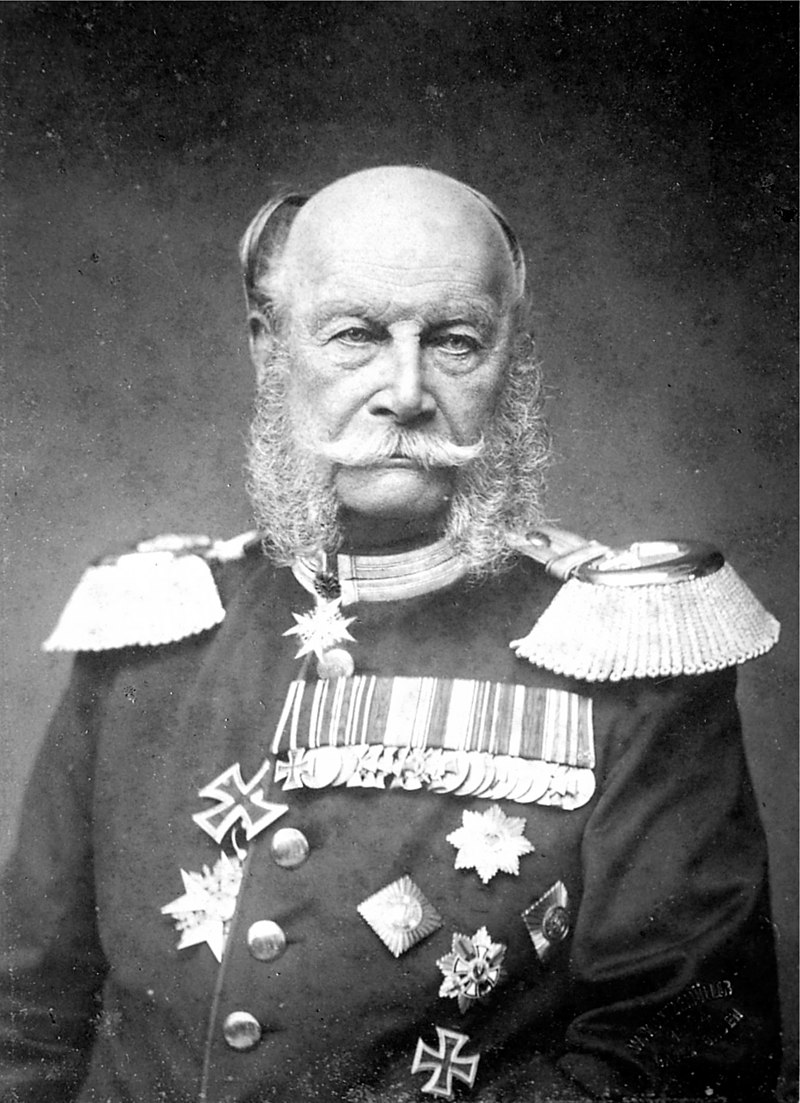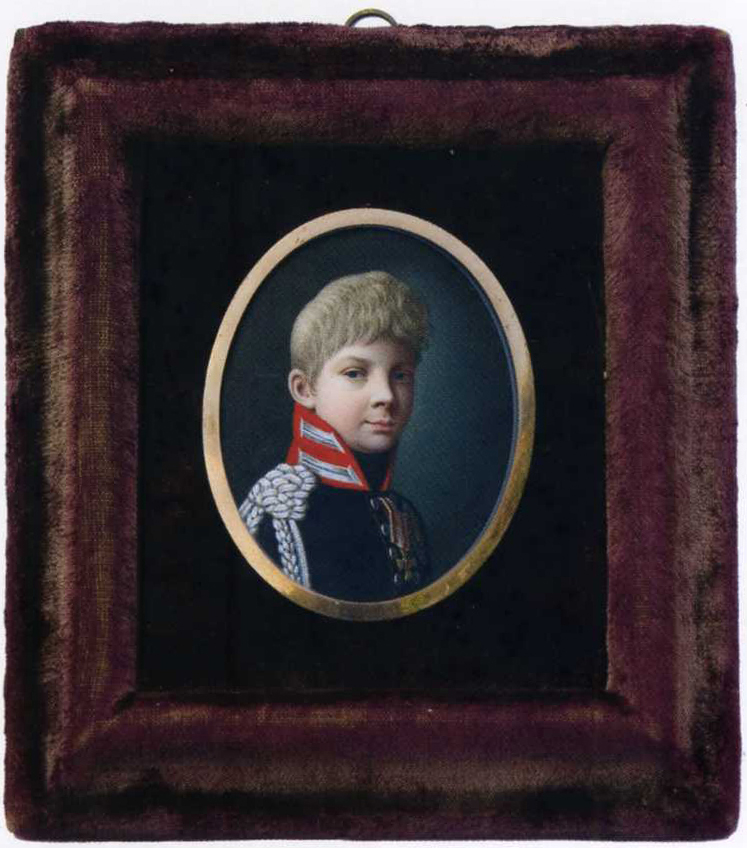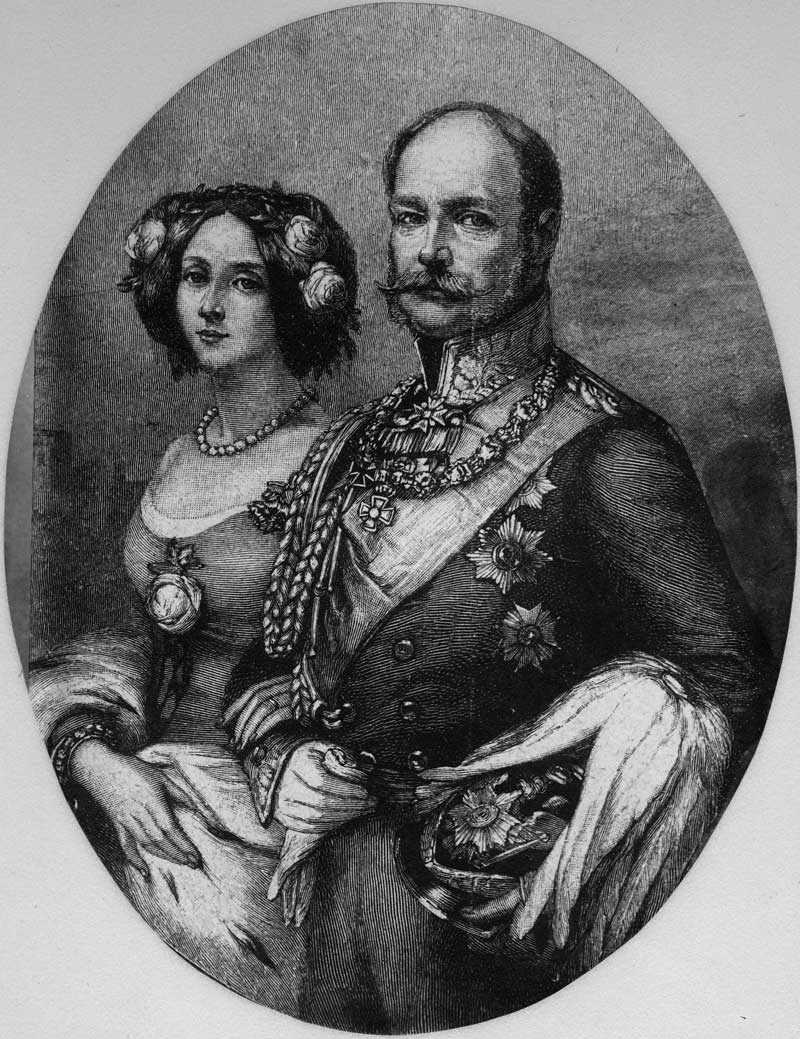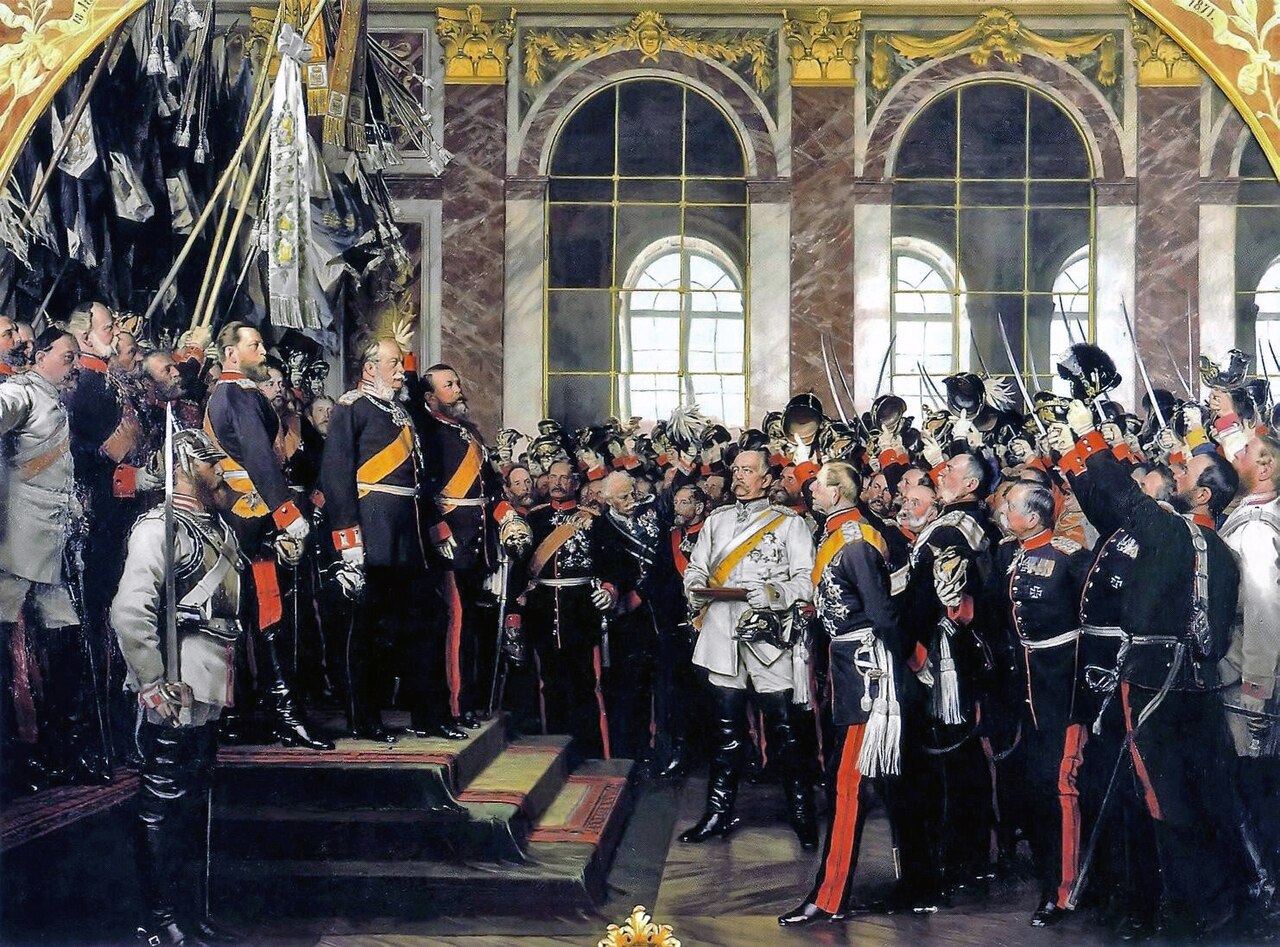by Susan Flantzer © Unofficial Royalty 2013
Kingdom of Prussia: The Protestant Franconian branch of the House of Hohenzollern ruled as Margraves of Brandenburg, Dukes of Prussia, Electors of Brandenburg, Kings of Prussia from 1415 until 1918. In November 1700, in exchange for supporting the Holy Roman Empire in the Spanish War of Succession, Leopold I, Holy Roman Emperor agreed to allow Friedrich III, Duke of Prussia, Elector of Brandenburg to make Prussia a kingdom and become its first king. In the aftermath of World War I, Prussia had a revolution that resulted in the replacement of the monarchy with a republic. Wilhelm II, German Emperor, King of Prussia abdicated on November 9, 1918.
The Kingdom of Prussia had territory that today is part of Belgium, the Czech Republic, Denmark, Germany, Lithuania, the Netherlands, Poland, Russia, and Switzerland. All or parts of the following states of today’s Germany were part of the Kingdom of Prussia: Brandenburg, Hesse, Lower Saxony, North Rhine-Westphalia, Saarland, Saxony-Anhalt, and Schleswig-Holstein.
********************

Wilhelm I, German Emperor and King of Prussia; Credit – Wikipedia
Wilhelm I, German Emperor, King of Prussia (Wilhelm Friedrich Ludwig) was born at the Crown Prince’s Palace in Berlin, then the capital of the Kingdom of Prussia, on March 22, 1797. He was the second of the five sons and the second of the nine children of King Friedrich Wilhelm III of Prussia and Princess Luise of Mecklenburg-Strelitz.
Wilhelm had eight siblings:
- Friedrich Wilhelm IV, King of Prussia (1795 – 1861), married Elisabeth Ludovika of Bavaria, no children
- Charlotte (1798 – 1860), married Nicholas I, Emperor of All Russia, had seven children including Alexander II, Emperor of All Russia
- Friederike (1799 – 1800), died in infancy
- Karl (1801 – 1883), married Marie of Saxe-Weimar-Eisenach, had three children
- Alexandrine (1803 – 1892), married Paul Friedrich, Grand Duke of Mecklenburg-Schwerin, had three children
- Ferdinand (1804 – 1806), died of diphtheria in childhood
- Luise (1808 – 1870), married Prince Frederik of the Netherlands, had four children including Louise who married King Carl XV of Sweden
- Albrecht (1809 – 1872), married (1) Marianne of the Netherlands, had five children (2) married morganatically Rosalie von Rauch, Countess of Hohenau, had two children

Wilhelm with his parents and siblings, circa 1806; Credit – Wikipedia
Wilhelm and his elder brother Friedrich Wilhelm were first educated together by Johann Friedrich Gottlieb Delbriick, who had previously been the rector of the Magdeburg Educational College. When Wilhelm was nine years old, he was appointed a lieutenant in the Prussian Army. Four years later, when Wilhelm was 13 years old, his 34-year-old mother suddenly died from an unidentified illness.

An ivory miniature of 13-year-old Wilhelm made for his first teacher; Credit – Wikipedia
In 1813, Johann Georg Emil von Brause, a colonel in the Prussian Army, took over Wilhelm’s education. The next year, Wilhelm saw his first action in battle and continued advancing his rank until he became a lieutenant general in 1820 and commanding general of the III. Army Corps in 1825.
Wilhelm wanted to marry Princess Elisa Radziwill whose family came from Polish nobility. She was the daughter of Prince Anton Radziwill and Princess Louise of Prussia, niece of King Friedrich II (the Great) of Prussia and therefore, a relative of the Prussian Royal Family. However, Elisa and Wilhelm were not allowed to marry as their match was considered inappropriate. Instead, at the instigation of his father, Wilhelm was betrothed to Augusta of Saxe-Weimar, daughter of Grand Duke Karl Friedrich of Saxe-Weimar-Eisenach and Maria Pavlovna of Russia. 32-year-old Wilhelm and 18-year-old Augusta were married on June 11, 1829, in the chapel of Charlottenburg Palace in Berlin. To the outside viewer, their marriage was stable, but in reality, it was not very happy.

Lithograph of Augusta and Wilhelm, circa 1830; Credit – Wikipedia
Wilhelm and Augusta had two children:
- Friedrich III, German Emperor (1831 – 1888), married Victoria, Princess Royal, had eight children including Wilhelm II, German Empress and Sophie who married King Constantine I of Greece
- Princess Luise of Prussia (1838 – 1923), married Friedrich I, Grand Duke of Baden, had three children including Victoria who married King Gustav V of Sweden
Wilhelm’s father King Friedrich Wilhelm III died in 1840 and was succeeded by Wilhelm’s brother King Friedrich Wilhelm IV, who was childless. In 1857, Friedrich Wilhelm IV suffered a stroke that left him partially paralyzed and largely mentally incapacitated. Wilhelm served as regent from 1858 until his brother’s death in 1861 when he acceded to the throne as King Wilhelm I of Prussia. Wilhelm and Augusta’s coronation was a magnificent ceremony at the church in Königsberg Castle. Wilhelm crowned himself and then crowned his queen.

Coronation of King Wilhelm I of Prussia; Credit – Wikipedia
Wilhelm’s reign was marked by the Second Schleswig War against Denmark in 1864 and the Austro-Prussian War in 1866, and the work of Otto von Bismarck as Prussian Prime Minister which ultimately resulted in the unification of Germany when he then served as Chancellor of the German Empire. In 1867, the North German Confederation was created. It was a constitutional monarchy with the Prussian king as the head of state. In 1870–1871, during the Franco-Prussian War, the south German states of Baden, Hesse-Darmstadt, Württemberg, and Bavaria joined the confederation. On January 18, 1871, in the Hall of Mirrors at the Palace of Versailles in France, Wilhelm was proclaimed German Emperor (Kaiser).

Wilhelm is proclaimed German Emperor; Credit – Wikipedia
Wilhelm allowed the policy of the new German Empire (Reich) to be determined by Bismarck. In accordance with Bismarck, Wilhelm sought peace through alliances with neighboring powers except for France. In September 1872 in Berlin, the League of the Three Emperors between Germany, Russia, and Austria-Hungary. The three powers agreed that together they would control Eastern Europe and politically isolate France.
In his old age, Wilhelm, who personified the old Prussia with his simple and austere lifestyle, was very popular. After a short illness, Wilhelm I, German Emperor died on March 9, 1888, at the Berlin Palace at the age of 90. He was buried in the mausoleum at Charlottenburg Palace. 1888 was called the Year of the Three Emperors. Wilhelm I was succeeded by his son Friedrich III. Already ill with throat cancer, Friedrich’s reign lasted only 99 days. He died on June 15, 1888, and was succeeded by his son, the last German Emperor, Wilhelm II.

Grave of Wilhelm I, German Emperor; Photo Credit – www.findagrave.com
This article is the intellectual property of Unofficial Royalty and is NOT TO BE COPIED, EDITED, OR POSTED IN ANY FORM ON ANOTHER WEBSITE under any circumstances. It is permissible to use a link that directs to Unofficial Royalty.
Prussia Resources at Unofficial Royalty
